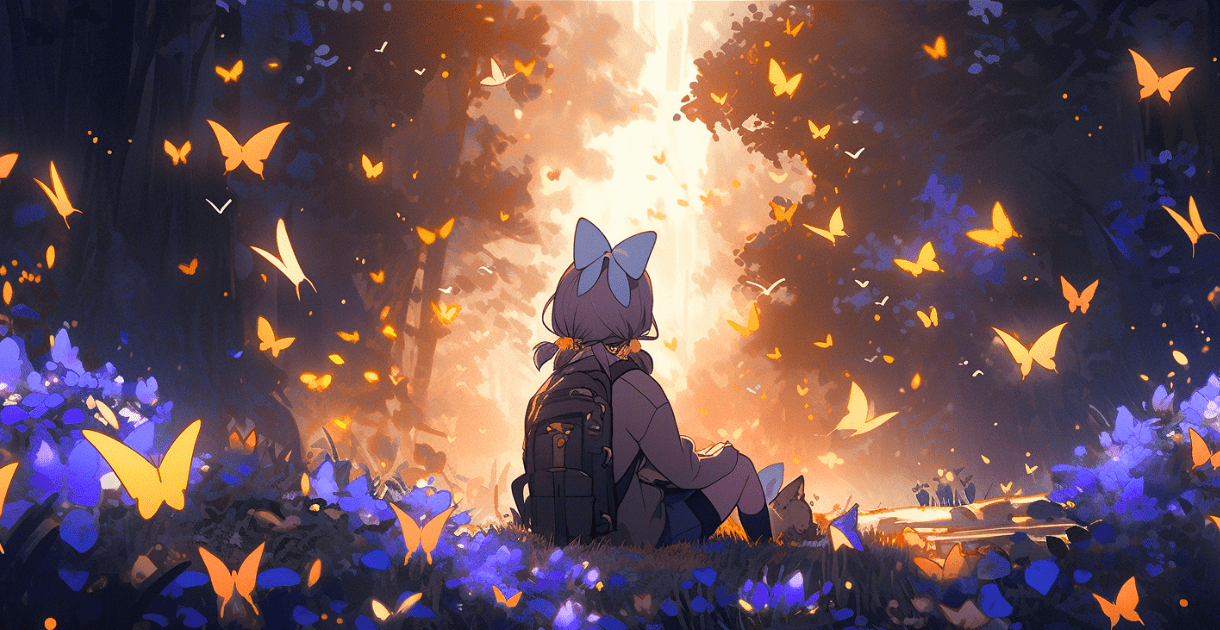How to Heal from an Anxious-Ambivalent Attachment Style
In the tapestry of life, our attachment styles are the threads woven in our early years, shaping how we dance with love and connection. For those with an anxious-ambivalent attachment style, love is often a labyrinth of deep yearning entwined with the fear of abandonment. But fear not, for every labyrinth has a path leading out, guided by the light of understanding and transformation.
Understanding Anxious-Ambivalent Attachment
In the garden of attachment styles, those with an anxious-ambivalent pattern are like tender vines, seeking support and fearing it might crumble. This style sprouts from the soil of inconsistent caregiving, where love was a flickering flame – bright in one moment, dim in the next. The child learns to equate love with uncertainty, and thus, their heart becomes a pendulum swinging between longing and fear.
The First Step: Embracing Self-Awareness
Your journey begins with self-awareness, a lantern illuminating the shadows of your soul. As Carl Jung wisely stated, “Until you make the unconscious conscious, it will direct your life and you will call it fate.” Reflect upon your relationship patterns, notice the moments of clinging, the waves of anxiety when separation looms. This awareness is not to judge, but to understand, to see the patterns your inner child has woven, seeking love and reassurance.
Cultivating a Secure Inner Sanctuary
The heart of healing lies in cultivating a secure inner sanctuary, a place where Divine Love (Source, God, Universe) resides within you. This is not a journey you walk alone; it is a path of re-parenting your inner child with the boundless love of the Universe. In moments of anxiety, breathe deeply, and imagine a golden light of love and security wrapping around you, whispering the truths that you are worthy, loved, and never truly alone.
Transforming Through Mindfulness and Compassion
Mindfulness is your compass in this journey. It teaches you to observe your thoughts and emotions without entanglement, like watching clouds drift across the sky of your consciousness. Pair this with compassion, a salve for your inner wounds. Speak to yourself with the tenderness you would offer a scared child. Remember, dear one, every moment of mindfulness and compassion rewires the tapestry of your heart, stitching a new pattern of secure love.
Embracing the Shadow
Your anxious-ambivalent tendencies are not flaws, but shadows seeking light. They are parts of you that hold deep-seated fears and unmet needs. Embrace these shadows with understanding and love. In doing so, you integrate these fragmented pieces, allowing for a more whole and balanced self.
Fostering Healthy Relationships
As you journey inward, also seek outward to foster healthy relationships. Surround yourself with those who mirror the love and consistency you are cultivating within. It’s not about finding perfection in others, but about nurturing connections that support your growth. Remember, as you heal, your vibrational energy shifts, attracting relationships that resonate with your new-found harmony.
The Path of Heart-Centered Living
Finally, embrace the heart-centered path. This is not merely a journey of healing an attachment style; it is a spiritual awakening. You are not just re-wiring your heart for love, but also aligning with the Divine. In this alignment, love is not just a personal quest; it becomes a universal connection, a dance with the cosmos.
Exercises for Further Exploration
To further illuminate your path in healing from an anxious-ambivalent attachment style, I invite you to engage in these three exercises. They are designed to harmonize with the wisdom shared in our journey together, providing practical steps for your heart-centered path.
1. The Inner Child Meditation
Purpose: To connect with and heal your inner child, the source of your anxious-ambivalent patterns.
How to Practice:
- Find a quiet space where you can be undisturbed.
- Sit comfortably, close your eyes, and take a few deep breaths, grounding yourself in the present moment.
- Visualize yourself in a serene garden. In this garden, see a younger version of yourself – your inner child.
- Approach your inner child with openness and love. Observe their emotions and expressions.
- Engage in a dialogue. Ask what they need, what fears they hold. Listen deeply.
- Offer words of reassurance, love, and support. Embrace them if they allow it, providing the security they crave.
- Visualize a golden light of Divine Love enveloping both of you, healing and soothing any pain.
- When you feel complete, gently bring yourself back to the present, carrying the warmth of this encounter.
Conclusion: A Lifelong Journey of Love and Growth
Healing from an anxious-ambivalent attachment style is a lifelong journey, not a destination. It’s a path of continual growth, learning, and opening your heart to the infinite love of the Universe. May this journey bring you closer to your true self, to a love that is secure, profound, and eternal.
Walk gently on this path, dear seeker, for each step is a step towards wholeness, towards the heart’s true home. In the words of Rumi, “Your task is not to seek for love, but merely to seek and find all the barriers within yourself that you have built against it.






